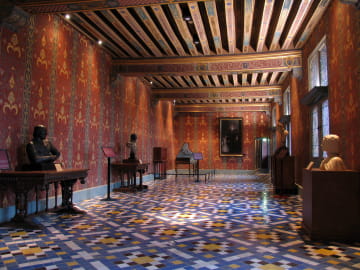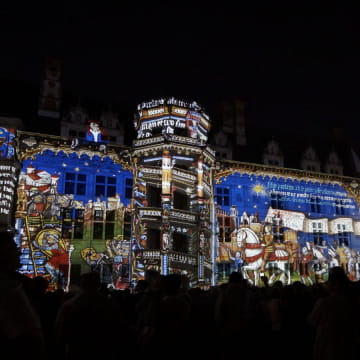Un château préservé par manque de fonds
Le château royal de Blois doit sa conservation à une raison inattendue : le manque d'argent. En effet, lorsque Louis XIV transfère la cour de France à Versailles, le château de Blois est abandonné. Le royaume, cherchant à renflouer ses caisses, décide de vendre plusieurs de ses châteaux et terres. Cependant, personne ne souhaite acquérir le château de Blois, le destinant ainsi à la démolition. Heureusement, il est constaté qu'il serait plus coûteux de le détruire que de le laisser intact. Le château est ainsi préservé, faute de moyens pour le démolir !
Le 10 août 1810, après avoir également envisagé sa destruction, Napoléon Ier décide de céder le château royal à la ville de Blois, qui en est toujours propriétaire à ce jour.




































